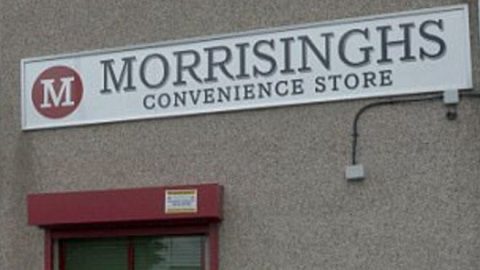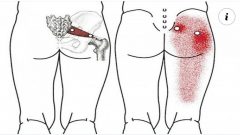Government Knew About Tower Block Cladding Being A Fire Hazard LAST YEAR

Government ministers knew tower block cladding could catch fire a year before the deadly Grenfell Tower inferno but were told by ministers safety regulations were tight enough by the same organisation now branding it deadly.
A report by quango the Building Research Establishment, which sets safety regulations in the construction industry, said there was ‘no evidence’ the rules were inadequate in April 2016 but admitted there had been an increase in the use of ‘combustible’ materials on high-rise buildings.
It comes amid mounting anger over the growing number of tower blocks found to be encased in combustible cladding after the first 75 examined by the government all failed fire safety tests.
Many have branded the regulations ‘convoluted’ and blamed the deadly fire, which has killed at least 79 people, on them being ‘open to interpretation’.
They state external walls of buildings which are 60 feet tall or more should ‘adequately resist’ the spread of fire and be made from materials of ‘limited combustibility’.
Meanwhile fire safety experts have questioned the testing methods previously used on cladding and claimed there was a ‘lack of transparency’ around how they were deemed to be of limited combustibility.
According to Sky News, the BRE report to the government said there had been an ‘increase in the volume of potentially combustible materials being applied to buildings’ due to companies seeking ‘more innovative’ insulation that complied with sustainability and energy efficiency rules.
Despite previous serious fires, the report said the regulations were deemed fit for purpose.
The report said: ‘With the exception of one or two unfortunate but rare cases, there is currently no evidence from these investigations to suggest that the current recommendations to limit vertical fire spread up the exterior of high rise buildings are failing in their purpose.’
Some experts have questioned how materials were tested under these recommendations and whether construction firms were being made to comply with safety standards, given the loose wording of the terms.
Footage has emerged of BRE testing on cladding from 2010, showing the material being hung above a fire, although the substance shown appears to be incombustible, leading to more questions over how the flammable cladding was tested.
It comes as the Association of British Insurers said it had been calling for a review of building regulations from the Government for eight years and had flagged up the dangers of cladding in May.
In a consultation response on housing policies, it said: ‘External cladding made from combustible material can often cause significant fire to spread upwards and between buildings, which is a particular concern for areas of high building density.’
The ABI went on to warn the installation of large quantities of flammable cladding ‘increased the probability of fire and potential scale of loss’.
There are 600 tower blocks with cladding around Britain, although only those with so-called ‘aluminum composite’ panels need to be tested. Councils are examining which have this type before sending samples off for testing.
Workers have started removing cladding from buildings in 26 areas around the country after materials on housing blocks failed government tests.
Housing Minister Mr Sharma refused to be drawn on whether the cladding used on the Grenfell tower was illegal, despite repeated questions.
Original Article: Daily Mail






Facebook Comments